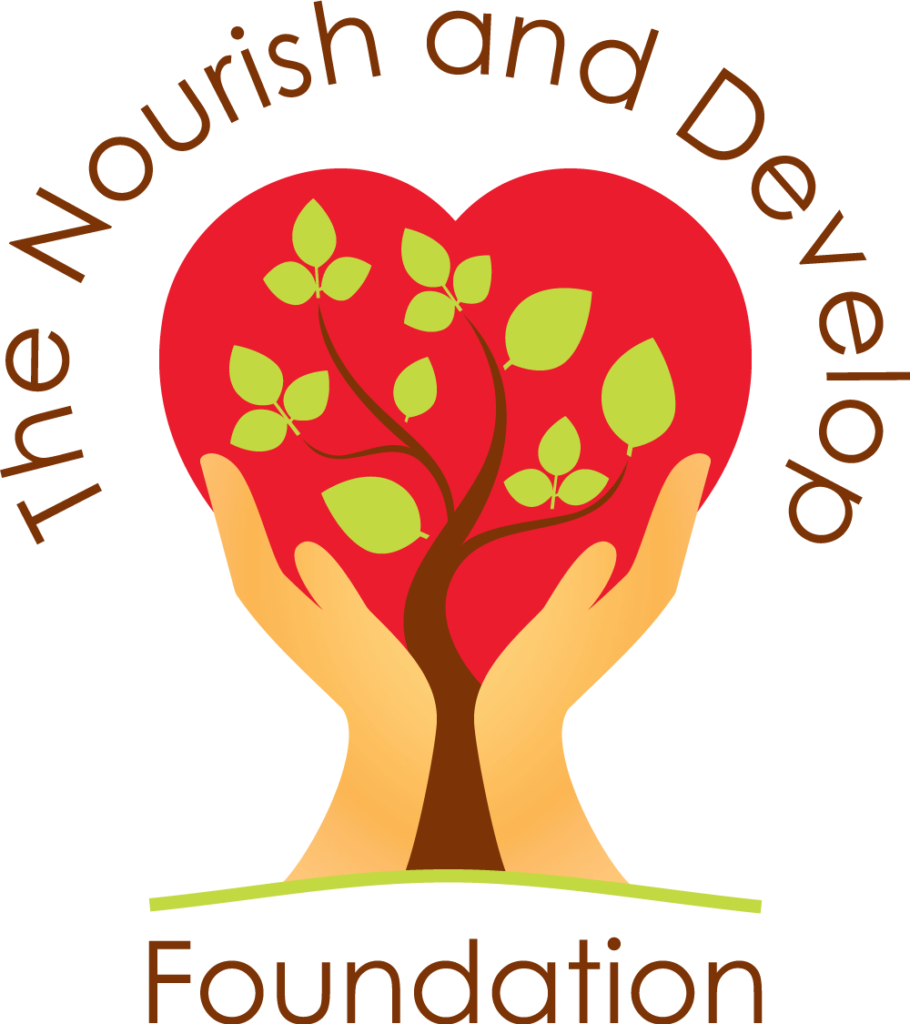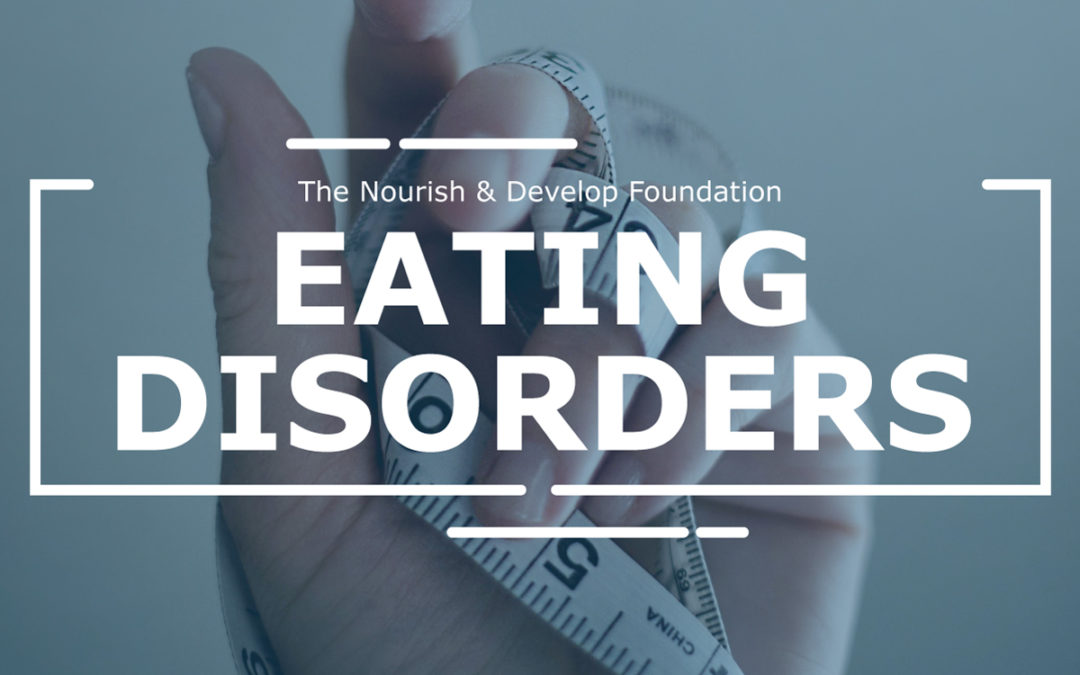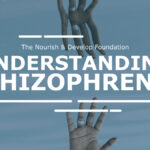The following blog contains sensitive content that may disturb some readers.
TW: eating disorders, self-harm.
Eating disorders are a group of conditions marked by an unhealthy relationship with food, often using eating behaviours to gain control. Unfortunately, there remains a perception that eating disorders are a lifestyle choice rather than a serious mental illness. Eating disorders can affect anyone of any age, gender, race, socioeconomic status, etc. Though approximately one million Canadians live with a diagnosable eating disorder at any given time, there is still much shame and stigma surrounding the illness and many others who struggle with other forms of disordered eating. Today we intend to shed light on what eating disorders look like and the current crisis we are facing in accessing appropriate care.
Highlights:
Eating disorders have the highest mortality rates among mental illnesses (from suicide and health problems)
Canadian hospitals saw a significant increase in admissions for eating disorders during the pandemic (up to 170%)
Up to 50% of individuals with an eating disorder have a co-occurring disorder of alcohol and substance use (5 times higher than the general population)
COMMON TYPES:
Bulimia Nervosa is characterized by periods of food restriction followed by binge eating (consuming an unusually large amount of food within a short period of time then feeling out of control over what and how much is consumed), with recurrent compensating behaviours (self-induced vomiting, excessive exercise, etc.). The restricting, bingeing, and purging cycle continues at least once a week for three months.
Signs of bulimia may include:
- Trips to the bathroom after meals, sounds or smells of vomiting, or packages of laxatives/diuretics
- Using gum, mouthwash, or mints excessively
- Periods of fasting
- Experiencing a sense of lack of control when eating
- Worn tooth enamel as a result of exposure to stomach acid
Binge Eating Disorder is characterized by recurring episodes of binge eating (consuming an unusually large amount of food within a short period of time and feeling out of control over what and how much is consumed) and is different from overeating (consuming more food than your body needs at a given time). Binging episodes take place at least once a week for three months or more.
Signs of binge eating may include:
- Disappearance of large amounts of food over a short period of time, or finding lots of empty food wrappers/containers
- Eating alone to avoid embarrassment
- Hoarding food or hiding large quantities of food in strange places
- Dressing in clothing that conceals the body
- Feeling distressed, ashamed, or guilty about eating
Anorexia Nervosa is characterized by behaviours that interfere with maintaining an adequate weight (restricting food, excessive exercise, etc.) as well as a powerful fear of gaining weight and a disturbance in how one perceives their weight and shape. These beliefs and behaviours occur over a period for at least three months.
Signs of anorexia may include:
- Dramatic weight loss or extreme thinness
- Intense fear of gaining weight
- Anemia
- Excessive exercise
- Preoccupation with food, dieting, counting calories, etc.
Avoidant and Restrictive Food Intake Disorder typically shows up in infancy or childhood and does not include experiences of body dissatisfaction or disturbances in the way body shape or weight are perceived. Instead, it is characterized by food rituals, anxiety surrounding foods, and behaviours based on a traumatic experience with food. It exists if inadequate food intake is not explained by lack of food access or by a medical condition. If left untreated, it can develop into Anorexia Nervosa or Bulimia Nervosa in adolescence or adulthood.
Signs of ARFID may include:
- Poor weight gain and growth
- Avoiding certain foods due to fear of texture, smell, or appearance
- Fear of choking or vomiting when consuming food
- Nutritional deficiencies or dependence on supplements/tube feeding
- Lack of interest in food or having no appetite for no known reason
OTHER SPECIFIED FEEDING OR EATING DISORDERS…
include atypical presentations of Anorexia Nervosa, Bulimia Nervosa, and Binge Eating Disorder among others. They are equally as serious but all conditions previously mentioned may not apply.
UNSPECIFIED FEEDING AND EATING DISORDERS…
cause clinically significant distress or impairment but do not match the criteria for the above disorders. This category includes Pica (persistent consumption of non-food items like dirt, chalk, or hair) and Rumination Disorder (consistent regurgitation of chewed/partially digested food).
There is far from one cause or trigger attributed to eating disorders and instead are based on a combination of genetic, biochemical, psychological, cultural, environmental, and social factors including:
In Toronto/GTA, eating disorder units are so overrun a referral from a medical professional is almost always required due to limited space. The pandemic has highlighted the issue of eating disorders being under-resourced, therefore we are seeing:
- Discharges without follow-ups or transfer of care to community resources
- Lengthy wait lists for treatment programs despite there being empty beds
- Excessive employee turnover and staff shortages
- Denied referrals due to delayed assessments, lack of in-patient beds, and overwhelmed systems
- Children experiencing more acute physical and mental distress than in the past
BEING SUPPORTIVE:
If someone you think someone you know may be struggling, it is important to speak up. However, the way you do so makes a big difference in how they will receive the concern. Do some research in advance to come to a general understanding of what they may be dealing with to prevent insensitive comments involving food or weight, as eating disorders are much more than that.
Be patient, compassionate, encouraging, and non-judgmental because it can trigger feelings of shame and guilt causing defensiveness and insecurity. Do not demand that they change, but rather express “I know this is hard for you. Let’s talk about how we can try to make things better.” Showing that you care can help assist someone get the help they need. Explain why you are concerned and let them know what they can expect if they do reach out for assistance.
In memory of Cassandra Szorady, your love will live on.
Resources:
Eating Disorders of York Region
National Eating Disorder Information Centre
Sheena’s Place Online Group Support
Sources:
Experts Say Pandemic Fuelling Apartment Spike in Eating Disorders Among Adolescents



